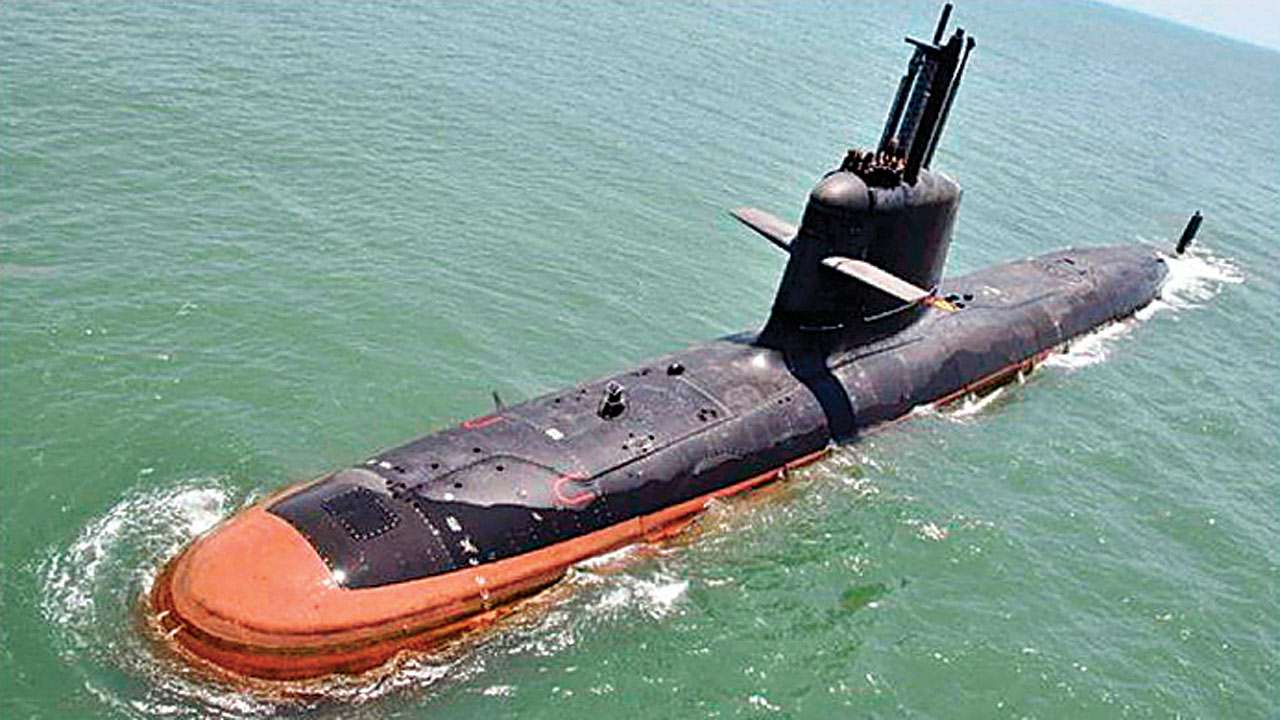
That China has fostered designs on the Indian Ocean, specially the Bay of Bengal region for some time now, is hardly a state secret. Beijing’s planned building of a deep sea port in Kyaukpyu in Myanmar, its taking over of the Hambantota port from Sri Lanka on a 99-year lease in exchange for a $1.8 billion loan, assistance to Pakistanis to build the Gwadar port and funding of the Chittagong deep sea port in Bangladesh, leaves nothing to imagination.
It now turns out that the Chinese Navy has sent at least eight submarine missions since 2013 in the Indian Ocean region and has occasionally closed in on Indian waters, getting as near as Colombo and Karachi, according to details revealed by this paper.
Intelligence reports suggest that each mission lasted for nearly a month. The deployments included both nuclear and non-nuclear submarines, backed, of course, by a regular ship. On Monday, Navy Chief Admiral Sunil Lanba confirmed that the most recent of such forays was in October this year.
He also added, for good measure, that there are six to eight Chinese ships operating in the Indian Ocean at a time and last year, there were 12 Chinese Naval units present. These included some of that country’s destroyers.
Well, the good thing is that India is not sitting on its haunches, notwithstanding muscle flexing by the Big Dragon. Aware of impending challenges in its backyard – and armed with the knowledge that China wants more strategic depth in the oceans in addition to South China Sea – New Delhi has no choice, but to make careful preparations.
Last month, India signed a $500 million deal with Russia, under which two stealth fighters would be built in Goa and delivered by 2027. This deal has come on the heels of India and Russia inking an agreement for the purchase of two warships that will reach Indian Navy by 2022-23.
These frigates will be armed with the BrahMos supersonic cruise missiles. This month, India released a Letter of Request (LoR) to the US for the purchase of 24 MH-60 R helicopters for the Indian Navy. By far, the biggest signal sent to its adversaries – most notably China – was on November 5 when the country’s first indigenous nuclear submarine INS Arihant, completed its maiden deterrence patrol.
Again, this year in May, India and Indonesia agreed for naval access to Sabang, a strategically located island close to the Malacca Strait, the world’s busiest energy sea lane through which 40 per cent of India’s trade passes.
The agreement includes docking facilities for submarines, warships and destroyers, with both sides agreeing to develop it as a deep sea port. It would be instructive to remember here that Andaman and Nicobar islands are barely 70 km from Indonesia’s Sumatra island.
Significantly too, Malacca Strait, is about 500 km from the Andaman coast. With a new, friendlier President in Maldives, India is hopeful of a better grip in the Indian Ocean region. There is little point in being complacent, as far as China is concerned.